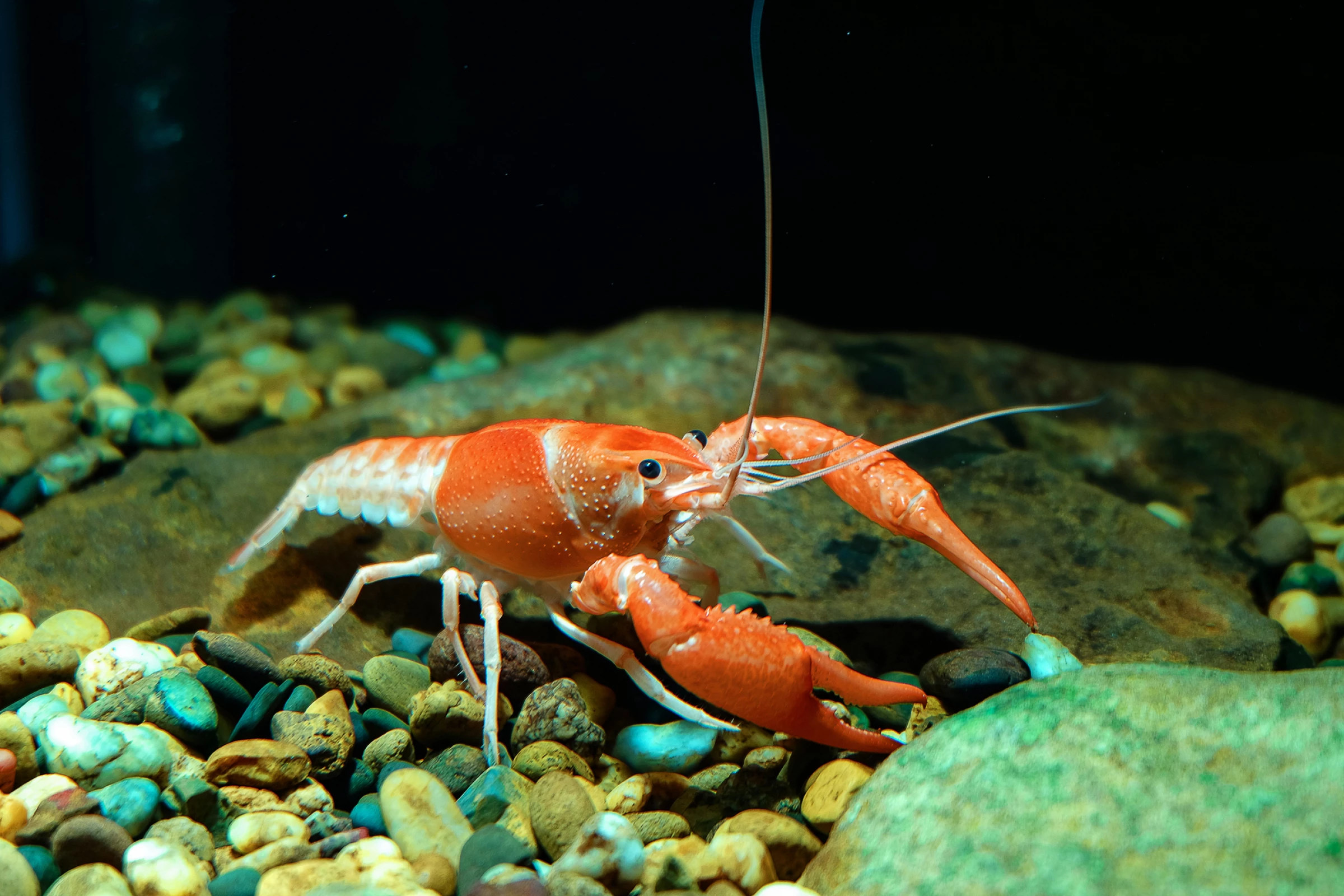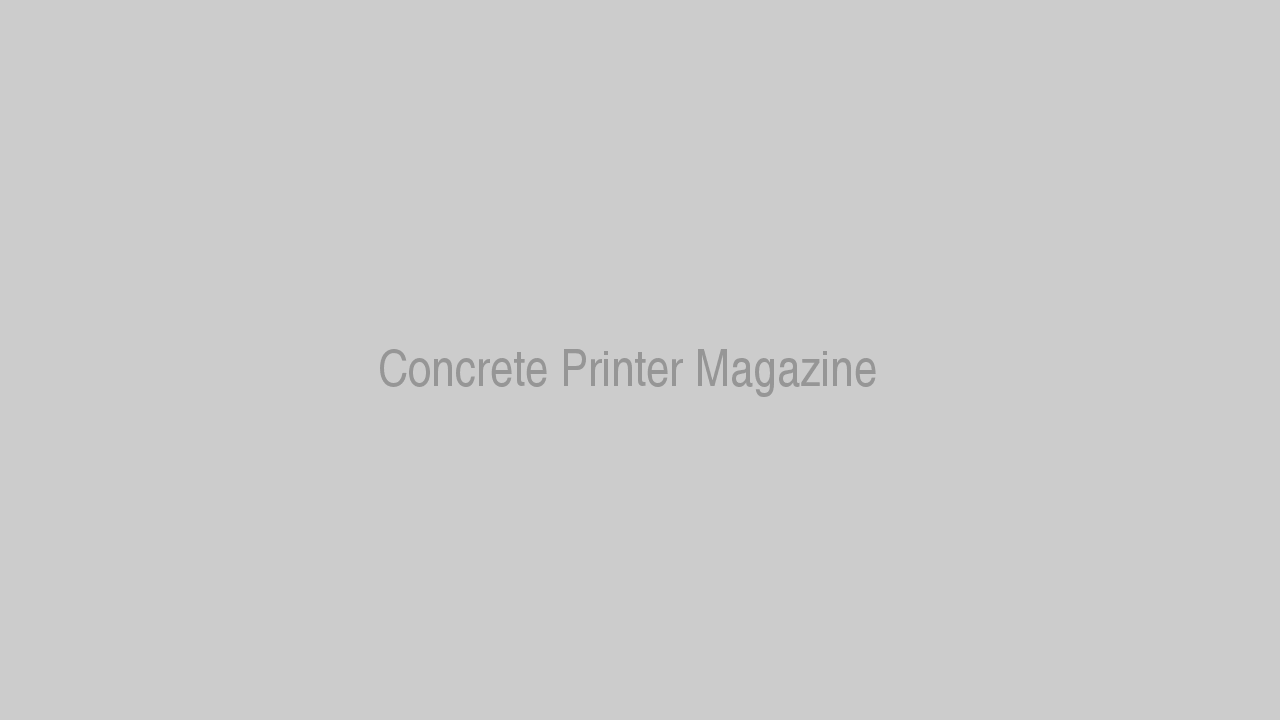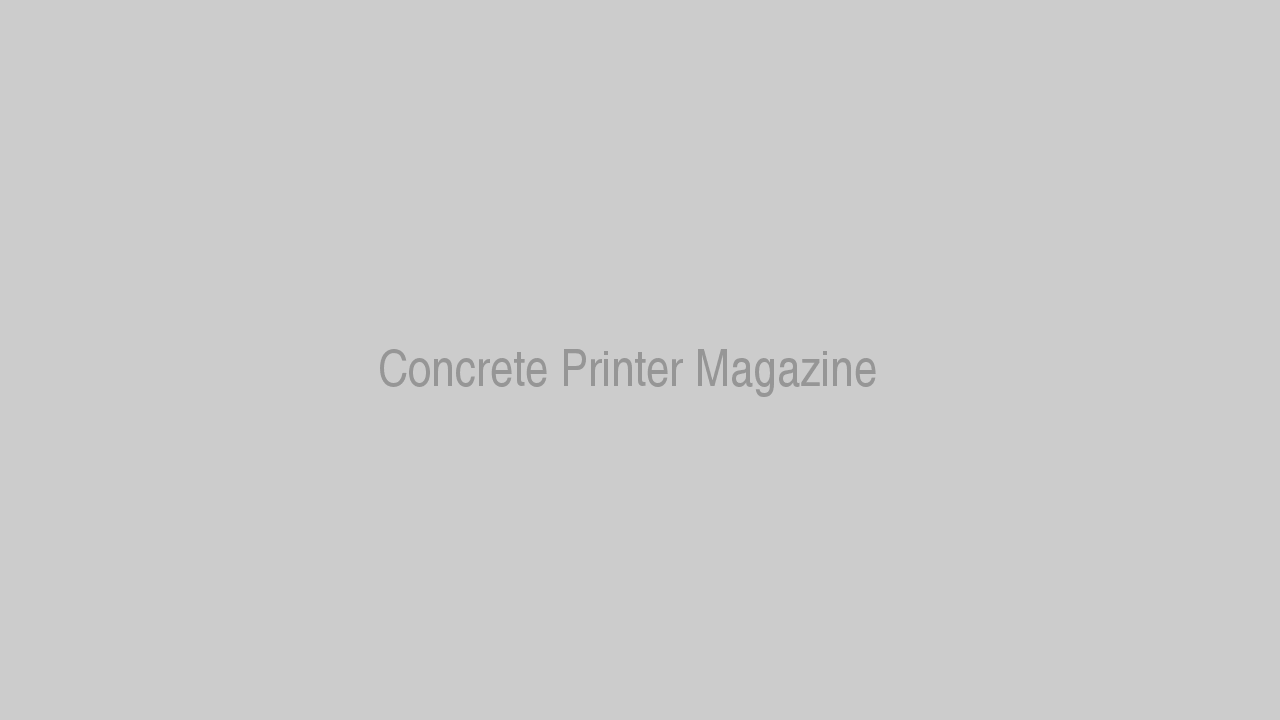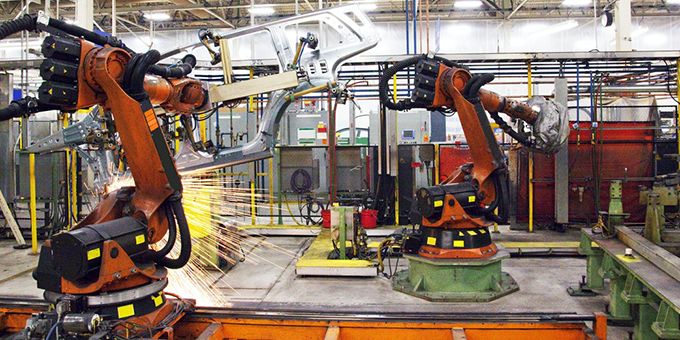Lobster shells inspire stronger 3D-printed concrete
Written by: Nick Lavars
Publish Date: January 18, 2021


The RMIT University researchers were experimenting with different approaches to 3D-printed concrete, hoping to land on one that could open up new possibilities in this emerging form of architecture. Where concrete structures are generally formed by casting the material in a mold, those created using 3D concrete printing (3DCP) are gradually formed by printing one layer on top of another in parallel lines.
As part of their research, the scientists included 1 to 2 percent steel fibers in their concrete mix and investigated a variety of alternatives to the unidirectional patterns typically used in 3D printing, but found particular success in what’s known as helicoidal patterns. These were inspired by the internal structure of lobster shells, which through evolution have come to offer the
“Our study explores how different printing patterns affect the structural integrity of 3D-printed concrete, and for the first time reveals the benefits of a bio-inspired approach in 3DCP,” says lead researcher Dr Jonathan Tran. “We know that natural materials like lobster exoskeletons have evolved into high-performance structures over millions of years, so by mimicking their key advantages we can follow where nature has already innovated.”
According to the researchers, the enhanced strength brought about by these helicoidal patterns could allow for taller and more complex concrete structures to be 3D printed. They will explore these possibilities with the help of a new 5 x 5-m (16 x 16-ft) mobile robotic printer, along with examining how these types of 3D-printed concrete structures might be made with the help of recycled waste materials.
“As lobster shells are naturally strong and naturally curved, we know this could help us deliver stronger concrete shapes like arches and flowing or twisted structures,” Tran says. “This work is in early stages so we need further research to test how the concrete performs on a wider range of parameters, but our initial experimental results show we are on the right track.”
The study was published in the journal 3D Printing and Additive Manufacturing, and the video below provides an overview of the research.
About the Author
This article is written by Nick Lavars
Read the original post here.


